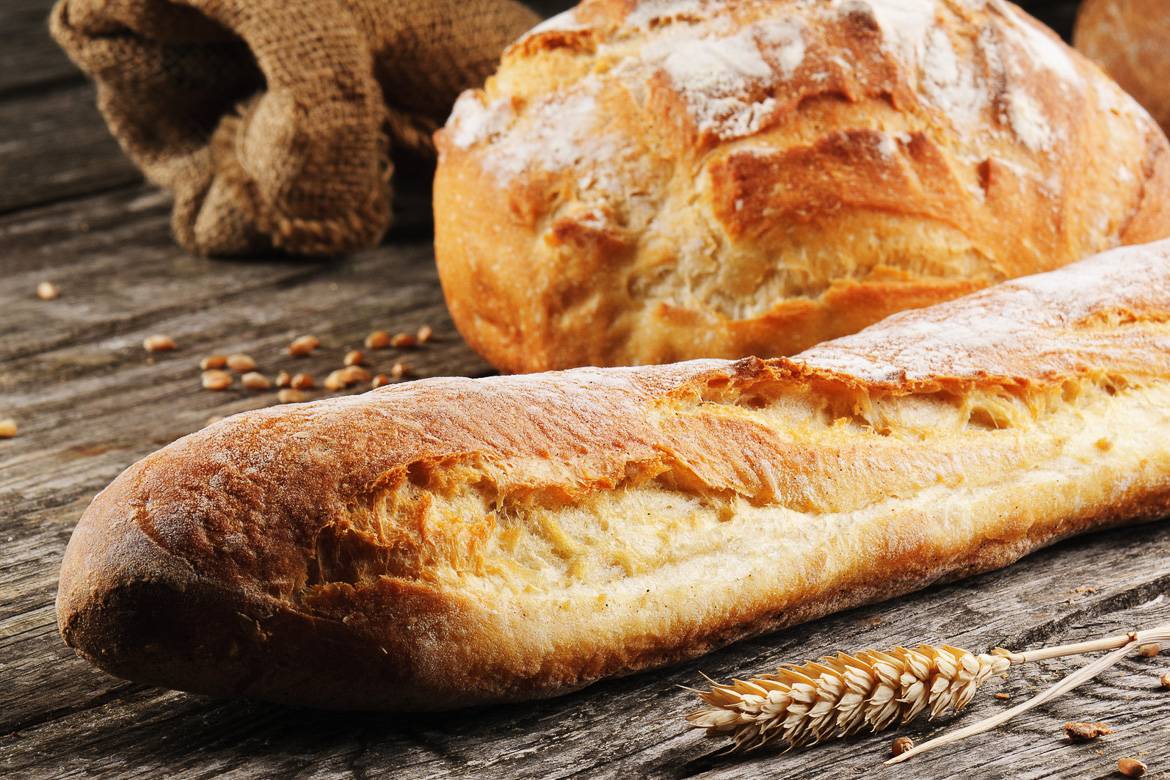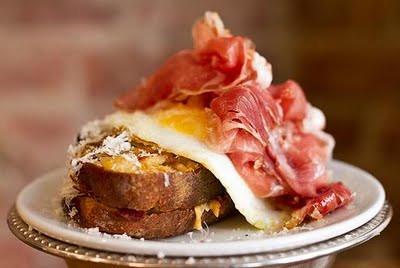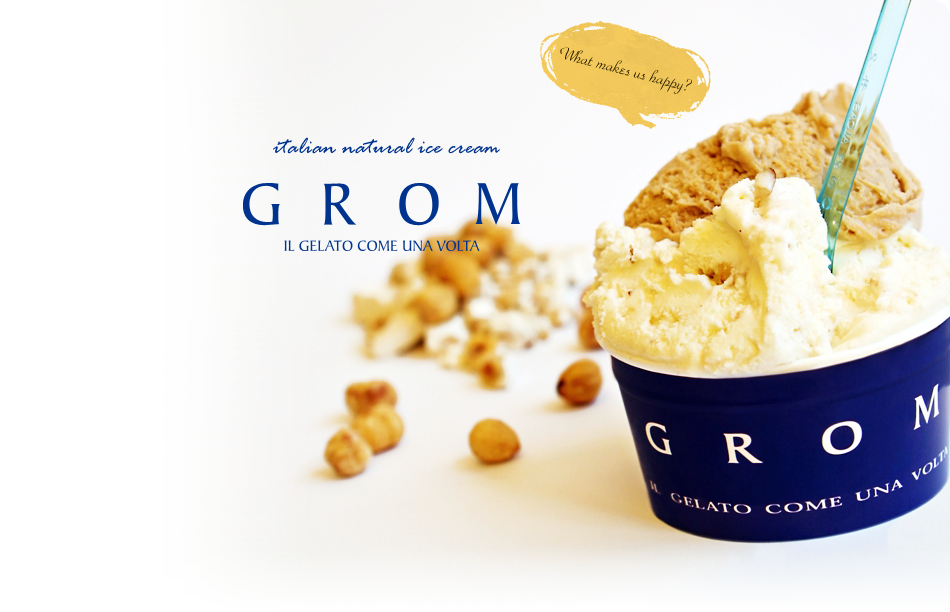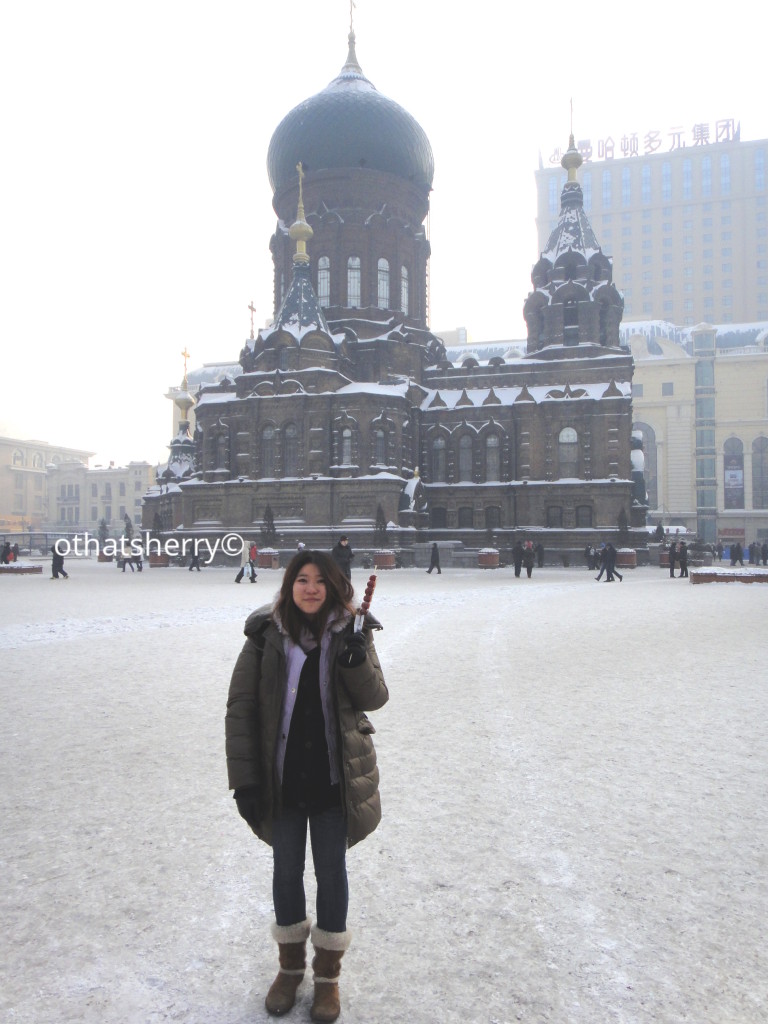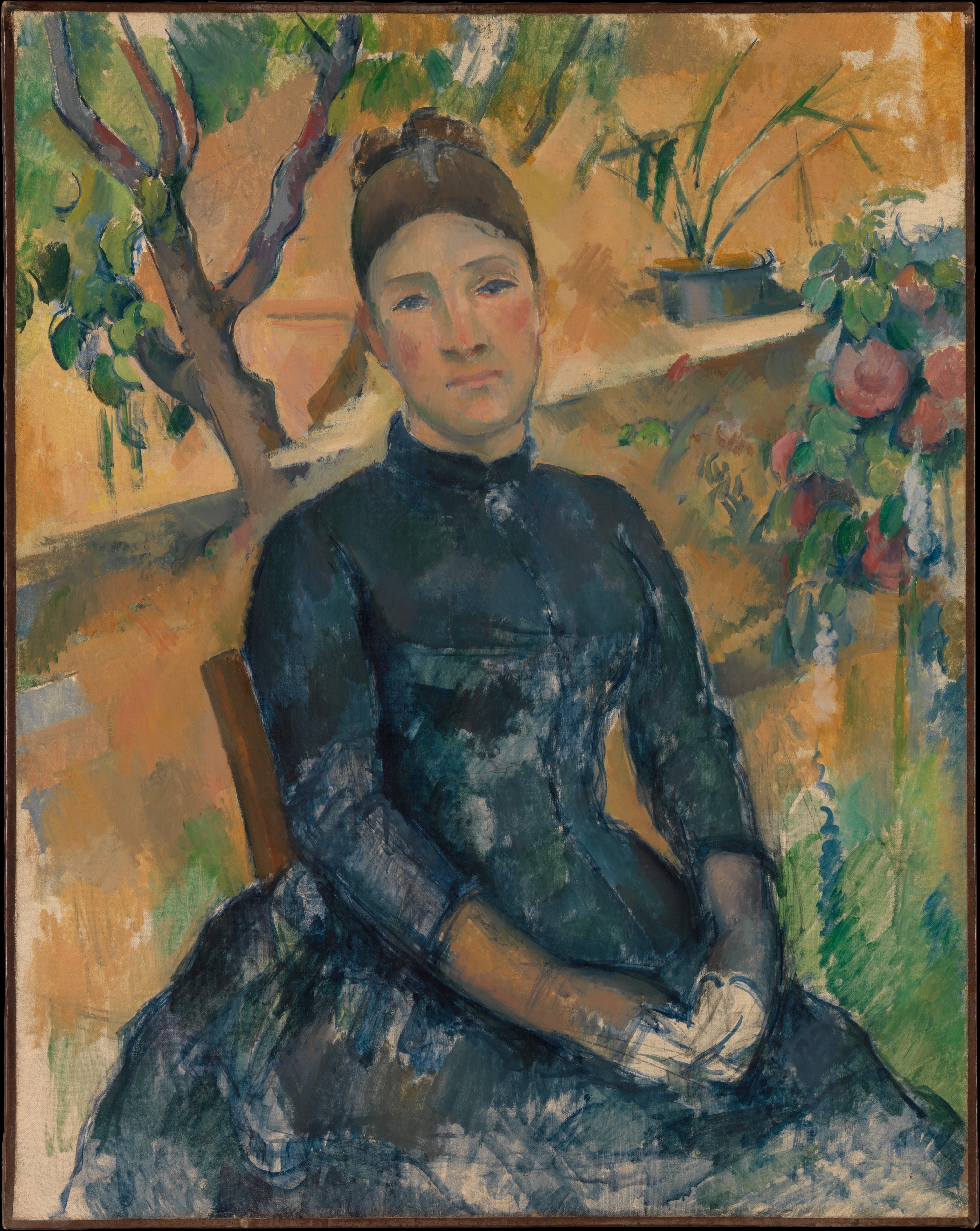Sure as pairing Japanese green with Castella sponge cake or ordering my coffee extra hot, I have once more listed “workout more” as one of my new year resolutions.
I am not alone. Fitness and health resolutions are a January fixture — the most common New Year resolutions have to do with improving one’s physical fitness, with “exercise more frequently” and “loose weight” being the most common, according to a Wall Street Journal Online/Harris Interactive online survey of U.S. adults.
While the survey also pointed out most fitness- and health-related resolutions dissipate by mid-year, I have decided to reverse the trend, committing to a sunrise and morning workout on the beach.
- Commitment 3.8/5 stars (A January 2 start date is not as good as January 1, but decent)
- Sunrise 3/5 (Rainy and cloudy, but the sky lit up around 8 a.m.)
- Duration 4.2/5 (Hiked/Walked for approximately one hour 30 minutes)
- Breakfast (… … …)


